Birding: Chimney Swifts
Tuesday, February 17th, 2015This is Passport to Texas
Chimney Swifts don’t hang around Texas in winter. These small sooty colored birds, with slim bodies and long, narrow, curved wings show up in spring and leave in fall.
05— All our swifts go to Latin America to overwinter; down to Peru.
Ornithologist, Cliff Shackelford, says we’ll see them again beginning mid-March when they start their return to the eastern two-thirds of the state. Before European settlers arrived, the birds nested in hollow trees, but now they nest almost exclusively in man-made structures like…well …chimneys.
13—I have a school that’s less than a mile away [from my home] that has an old smokestack. And they didn’t tear it down even though it’s not in use; and, that smokestack is very popular with the swifts in our area.
While the birds live most of their lives in flight, they do settle in at night. You’ll know you’re observing Chimney Swifts by the way they approach their roost at dusk.
18—A lot of times you’ll see them circle the chimney, and something’s wrong, and they don’t like it and they don’t commit. And, then, they come back and check it out again; they’re very hesitant. So, when they finally agree to commit, they turn their wings upward and just like a wad of paper, fall into the chimney.
Learn more about Chimney Swifts at chimneyswifts.org.
Funding for our series provided in part by Ram Trucks. Guts. Glory. Ram
For Texas Parks and Wildlife…I’m Cecilia Nasti
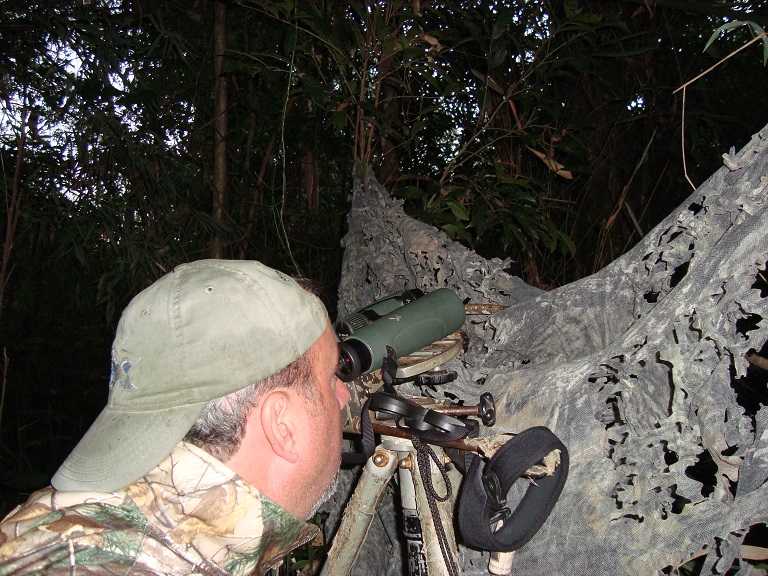

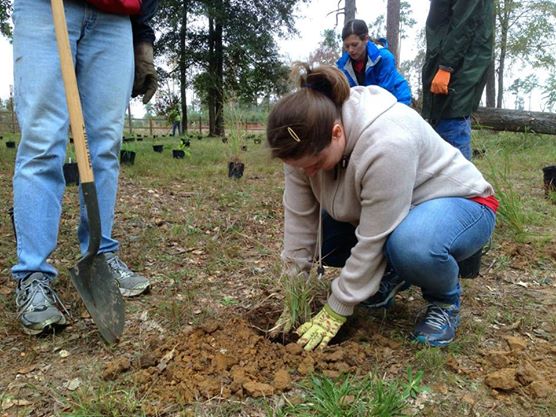
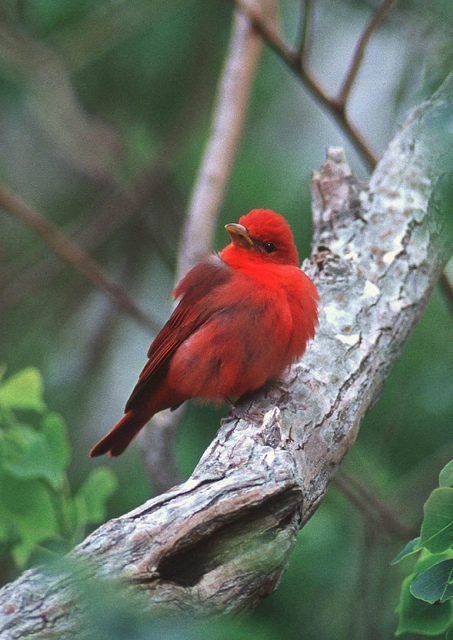
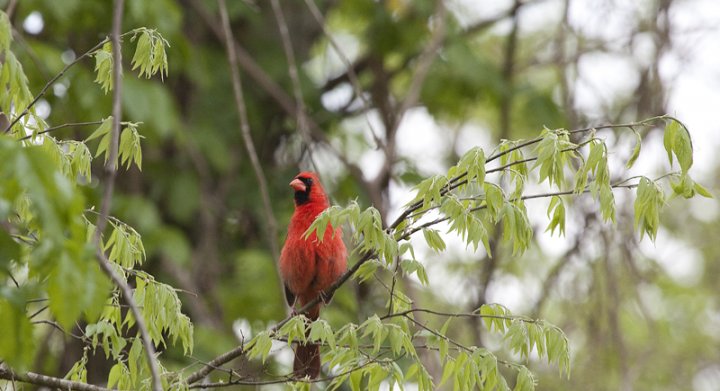
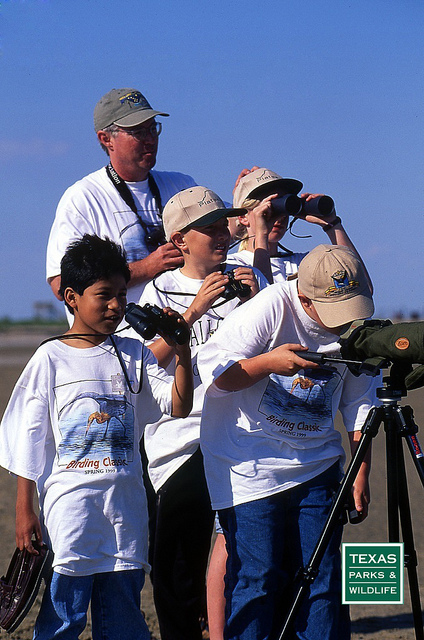

 Passport to Texas is a
Passport to Texas is a  Passport to Texas is made available by:
Passport to Texas is made available by: